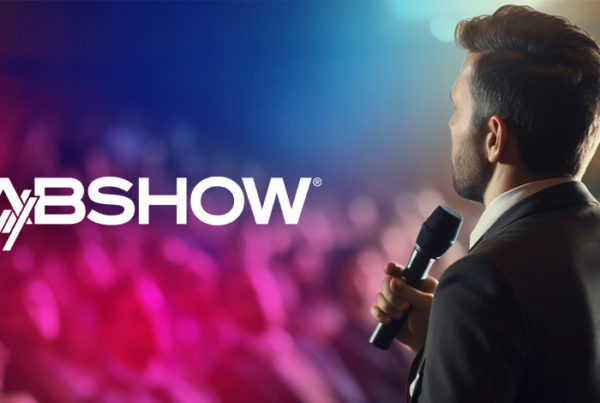The spending for the 2024 election cycle is already in full swing. TV will claim the most sizable piece, but political digital advertising will also get its fair share. Of the many digital tactics, projections call for the most growth in OTT/CTV. So, what is the outlook, and how have things changed since the last national election that could impact spending?
2024 Political Digital Advertising Projections
On the local level, BIA Advisory Services projects that 22% of the $6.58 billion will go to digital channels, buoyed by OTT growth. The ability to engage cord-cutters with OTT makes it a hot commodity. In the 2022 political cycle, it raked in significant dollars and proved to be a good way to reach local voters.
For the bigger picture of digital ad dollars, you have to look at the presidential race. Numerous Republicans are seeking to be the candidate for the party, and many are already spending significantly on OTT, programmatic and social media advertising. NPR recently categorized it as a “billion dollar primary” through a combination of candidate and PAC spending equally. Many of those running have deep connections with PACs and significant donor bases to get these ads into the digital world.
However, where any national candidate or PACs supporting them spend their dollars will differ compared to years past, as the states considered battlegrounds have changed.
Battleground States Shift; So Will Money
Battleground states are those where less than 5% of the vote decided the election. In 2020, those states were Arizona, Florida, Georgia, Michigan, Nevada, Pennsylvania and Wisconsin. However, experts believe that won’t be the lineup in 2024, with Florida becoming red and Michigan blue. These maps are constantly changing, so the battlegrounds of next year’s election will ultimately depend on polling and where candidates and PACs spend their money.
If you’re in one of the states likely to be hotly contested, you could see a boost in national spending.
So, where might these groups put their money tactic-wise?
The Digital Tactics Likely to See Major Spending
Candidates and PACs will want to use a mix of digital ad tactics to reach audiences. Keep in mind that political is a restricted category in programmatic. This designation means there are considerations around what’s legal by state and what a DSP (demand-side platform) allows. As a result, you’d need access to a DSP that permits these ads, and you’ll need to include all required parameters for the ad.
Social media sites also have restrictions around political advertising. Some have strict guidelines, like Facebook. They prohibit ads discouraging people from voting, those that call into question the legitimacy of elections, and content that prematurely claims victory, for example. Twitter had previously banned political ads, but they’ve relaxed it under new ownership. TikTok, the social media site with the most growth, doesn’t allow political content advertising. Thus, it’s critical to understand what’s allowable when discussing these options.
OTT/CTV, as noted, is a growing digital tactic. BIA estimates that local OTT will reach $2.8 billion in 2024, and a good portion could come from political ads. The ability to accurately target and place ads within quality inventory will be critical to selling these ads.
The digital tactics that candidates and PACs seek also depend on the type of political ad.
Four Key Categories of Political Ads
Ensuring you can capture digital political advertising business requires understanding each ad type.
- Candidate-focused ads: Those running purchase these, and they feature the candidate. It’s that person’s opportunity to encourage people to vote for them. The ideal tactics for these are OTT/CTV, video ads, display ads and geofencing.
- Attack ads: PACs are the most likely groups to purchase these, and the content attacks the person they aren’t supporting. Guidelines for certain DSPs and social platforms will dictate where these ads can run outside of TV, where they air most frequently.
- Fundraising ads: Candidates place these ads most often, and they are a plea to supporters to donate. They can be effective on Facebook and programmatic. These are action-focused ads, so the format needs to include a click to the site to donate.
- Issue-based ads: This category relates to ads that focus on a specific social issue. They don’t typically endorse a candidate. Rather, they illuminate a party’s position. PACs have already been spending money on these ads in 2023 relating to reproductive and voting rights, equality, environmental concerns and health care.
The Outlook Is Bountiful for 2024 Political Digital Advertising
The 2024 election cycle has already begun at both the local and national levels. Experts believe 2024 will be a record-breaking year in ad spend. Understanding the opportunities in your market, what’s permissible, and the most attractive tactics can set your organization up for success in capturing these dollars, along with linear ones for TV and radio.






